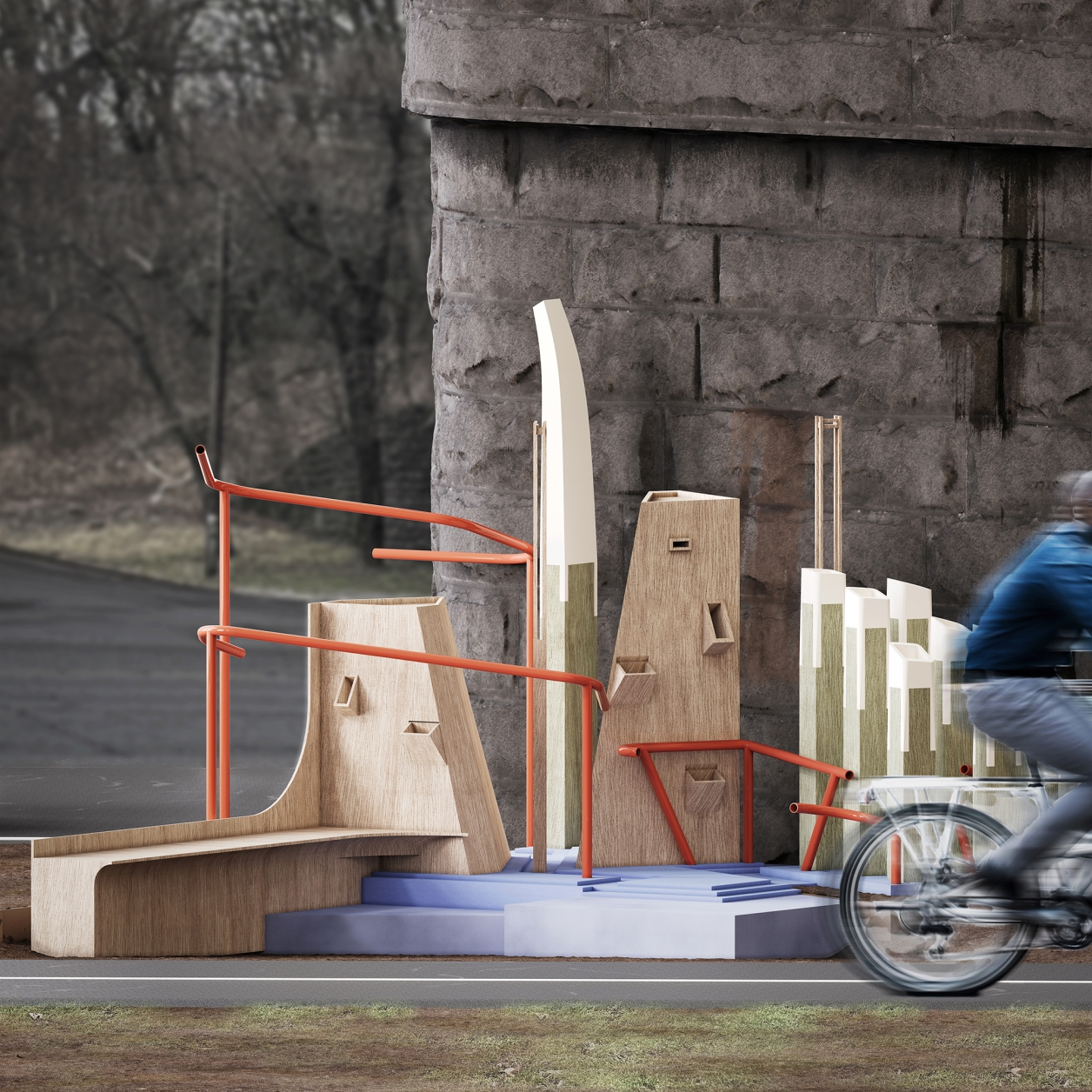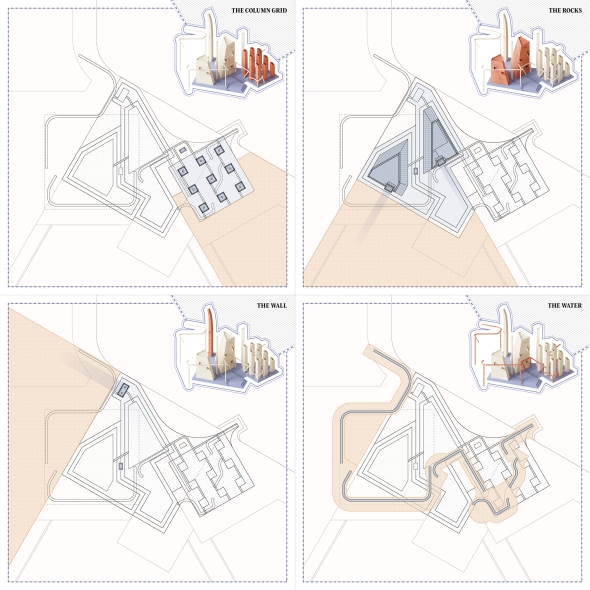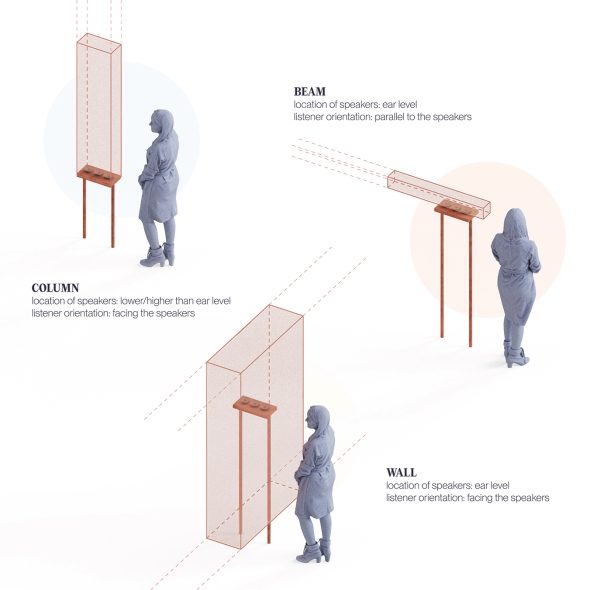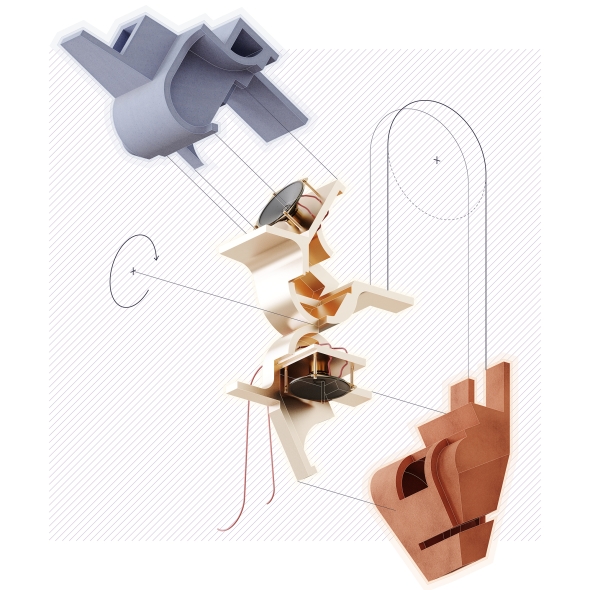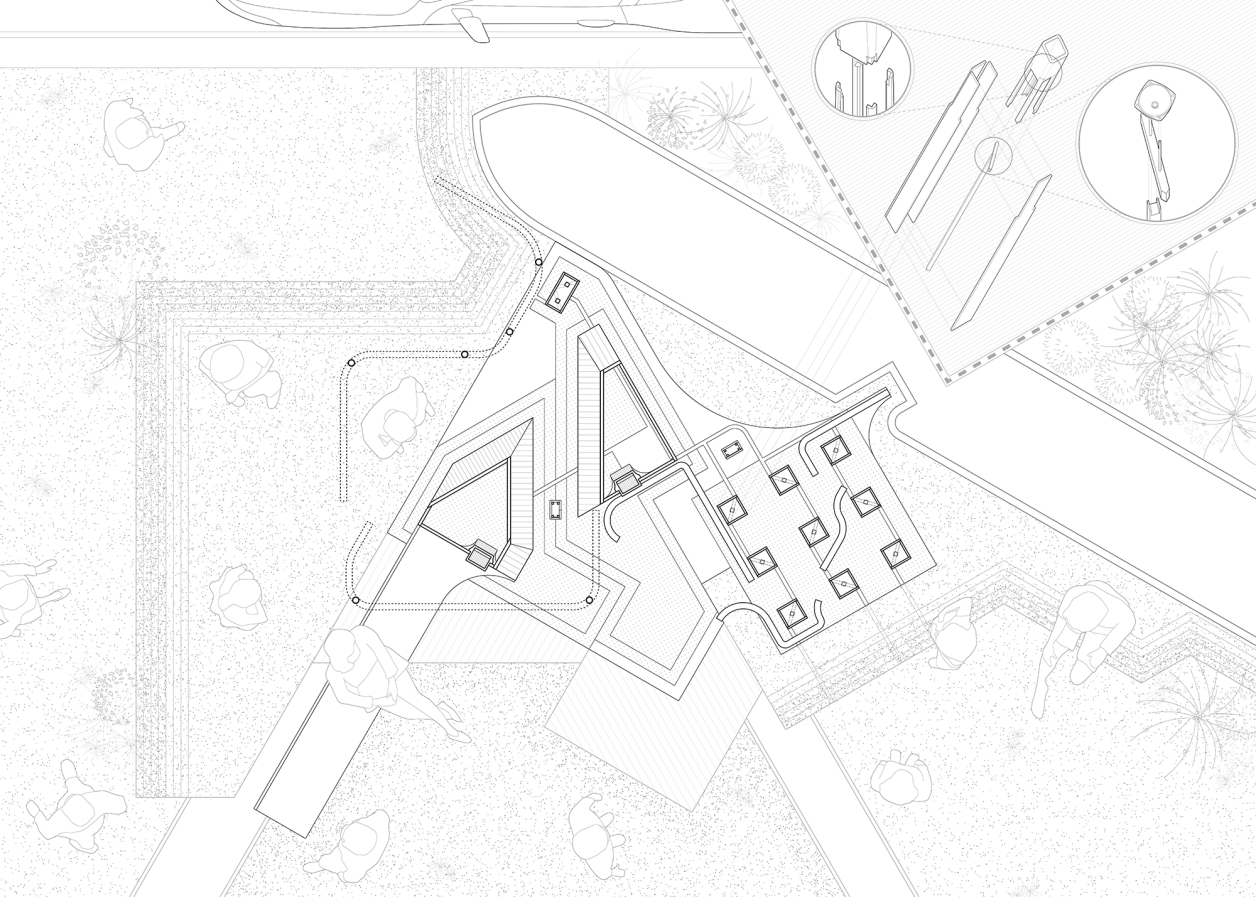Sound is essential to the architectural experience, yet it is often overlooked in the design process. The concern of sound in an architectural environment only emerges either as noise abatement, which not only is a passive approach but also indicates that sound is treated as a byproduct of the architectural design, or as acoustic performance when the program is related to sound or performing arts. Sound is rarely granted the power to be the driving factor in the architectural design process. While it is challenging to find a universal method of representation for both the qualitative aspects of the sonic environment and the subjective experience, the potential of sound as both design parameter and building material deserves systematic inquiry.
The spatiality and temporality of sound create opportunities for human interaction to become an influencing factor in the design process. This allows for a proactive engagement with the sonic environment as well as the architectural environment. Given today’s technology to blend the boundary between physical and digital environments, it is possible to auralize the engagement in real-time.


